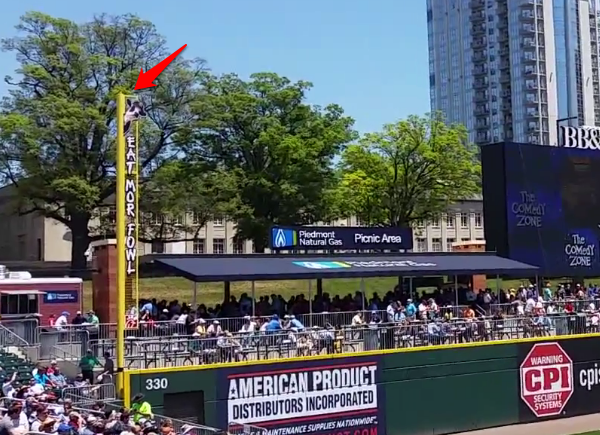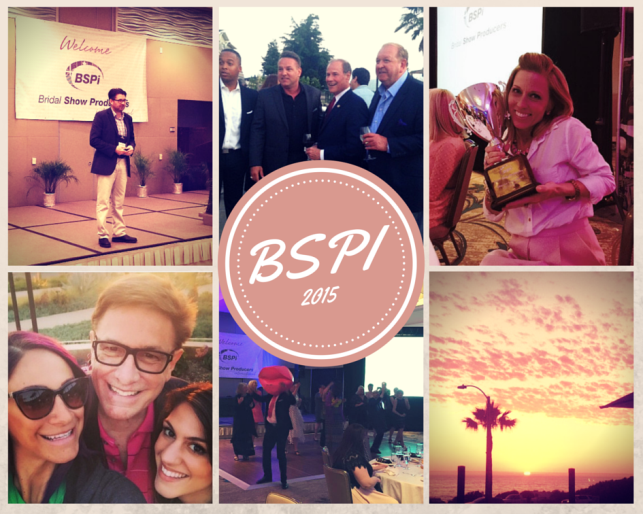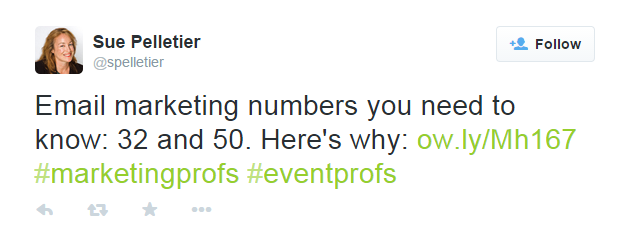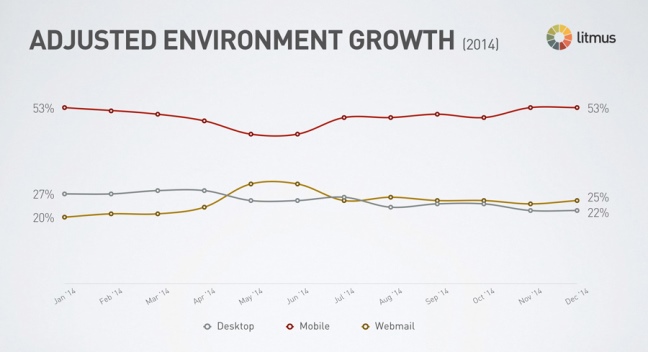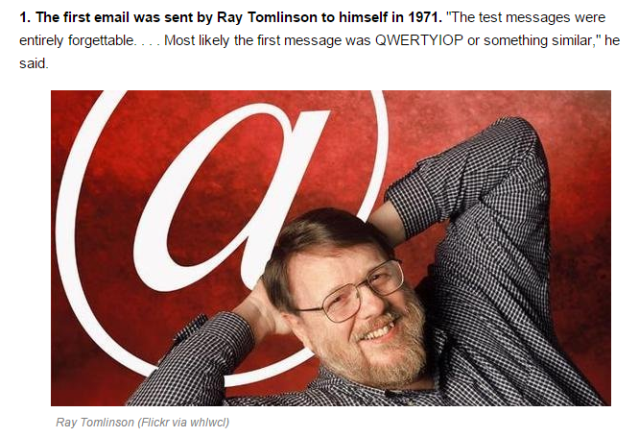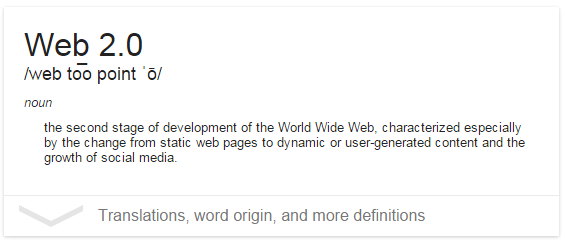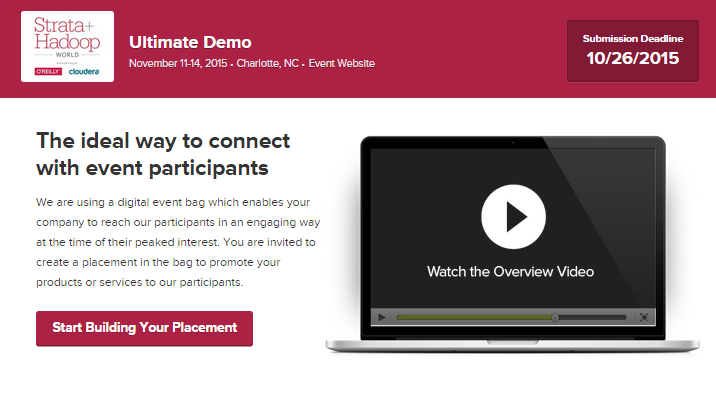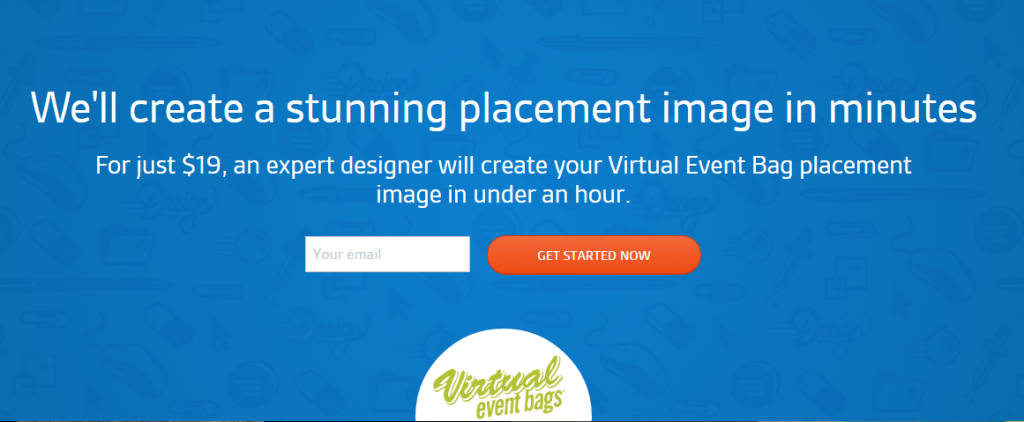There is no better way to see sponsorship in action than at a sporting event. Recently the team at Virtual Event Bags took the short walk from our office to the local ballpark to watch our triple A Charlotte Knights play an afternoon game. It didn’t take long for us to notice and start discussing the various sponsorship “activations” surrounding us (it’s a sickness … we can’t help ourselves).
We work with over 1,000 events across the globe and attend several as a sponsor or exhibitor, so we get to see a lot of sponsorship decks for a variety of events … conferences, trade shows, consumer shows, festivals, endurance events and more. Based on this experience, we could not help but ask … are events becoming like ballparks?
Splitting Up the Pie
I read a recent blog post by Carsten Thode at Synergy Sponsorship (a sponsorship consulting firm) that summarized this trend perfectly. It describes his experience attending a Knicks game in Madison Square Garden. What made it entertaining is that Carsten and his team are from the UK (London), so they have a unique perspective on sponsorship at American sporting events.
Here is a short summary of his observations, edited for brevity.
1. They collected their tickets at the North Concierge presented by Lenox Hill Hospital.
2. The game was part of a larger campaign, Latin Night presented by Sprite.
3. During a time out, the big screen showed a segment, Cub Report by Hi-Chew.
4. Instant replay was branded Official Review presented by Chase.
5. Dance Like a Champion presented by Norwegian Cruise Line Q1 entertainment.
6. This is New York, so there was of course Celebrity Row presented by Douglas Elliman.
7. No NBA game is complete without a T-Shirt Toss, this one presented by Kia.
8. This is ‘merica, so we want more! Enter the Mega T-Shirt Machine presented by Foxwoods.
Carsten goes on to list a total of TWENTY THREE similar “activations” where sections of the event are carved up and sold (seemingly at random) to different brands. His final observation, as a sponsorship pro, is to the point.
“The appeal of this model for rightsholders is obvious. It’s about carving up rights into smaller and smaller pieces and creating saleable “micro-assets” out of thin air – basically money for old rope. Who can’t see the appeal of that? But that’s only if you see sponsorship as a zero-sum game – a transaction rather than a true partnership.”
It’s All About the Logo
Think back to a recent conference, symposium or trade show you attended. Event organizers are getting just as creative as sporting venues as carving the event into pieces against which to sell sponsors. Take meals as an example. There is likely a sponsor for each breakfast, lunch, dinner, break and reception.
Now take a minute to look at your own sponsorship deck. Count how many times you use the word “branded” or “logo.” Can we really describe these sponsorship opportunities as “activation?”
Start Simple
So why do we, as event professionals, follow this same pattern of making “micro-assets” out of our events? Well, because we can … sponsors buy them! It is also much easier for a lean event team to execute a sponsorship that consists of “branding” a component of the event with a sponsor logo.
Pursuing sponsors as partners is hard work. By definition each package is unique and customized for the benefit of not only the sponsor, but also the event audience. This customization requires your sales and event management teams to work together to develop a plan that is integrated with the event. Not an easy task.
Below we list 3 tips on how to get started developing sponsor plans that actively engage attendees vs. relying solely on “branding.”
1. Leverage Digital – every event is (or should be) expanding its use of digital tools, especially for attendee engagement. Done right, digital gives you the opportunity to facilitate the connection between attendee and sponsor / exhibitor in a manner consistent with the event experience. Look at your digital assets (website, mobile app, a Virtual Event Bag) and explore how to make this connection.
A word of caution. Look at your digital assets as an integrated ecosystem, otherwise you run the risk of simply carving up digital into the same “micro-assets” you have in the offline world.
2. Itemize Your Assets – You are probably already doing this today, but they are likely being packaged to sell like billboard space (remember the “T-Shirt Toss presented by Kia?”). Instead, use these assets to pursue specific sponsors with creative ideas that fit within their broader objectives.
My favorite example from the ballpark is complements of Chick-fil-A, where the brand posted “Eat more fowl” along the foul ball post in the outfield. Clever.
3. Think Open Source – Every event has those sponsors who present a crazy idea for sponsorship. Some of the most creative (and effective) sponsorships are developed this way. So rather than waiting for it to come to you, encourage it. Create a “Build-a-Package” option that gives sponsors the flexibility to develop their own sponsorship. You can even go “open source” with it, encouraging two sponsors to work together to create an even more creative outcome. If you are worried about the time required of your team, put a limit on the number of “open source” packages you will accept.
The great thing about these types of customized packages is that the sponsor is invested … and not just with money. They will help your team execute because it is as much their “micro-event” as it is yours!
The key is to get started, all while keeping it simple so that you can execute.
This blog post is presented by Virtual Event Bags. We help events more effectively connect their sponsors and exhibitors to their attendees.
#gotothebag
To read Carsten’s informative post, visit the Synergy Sponsorship blog.
